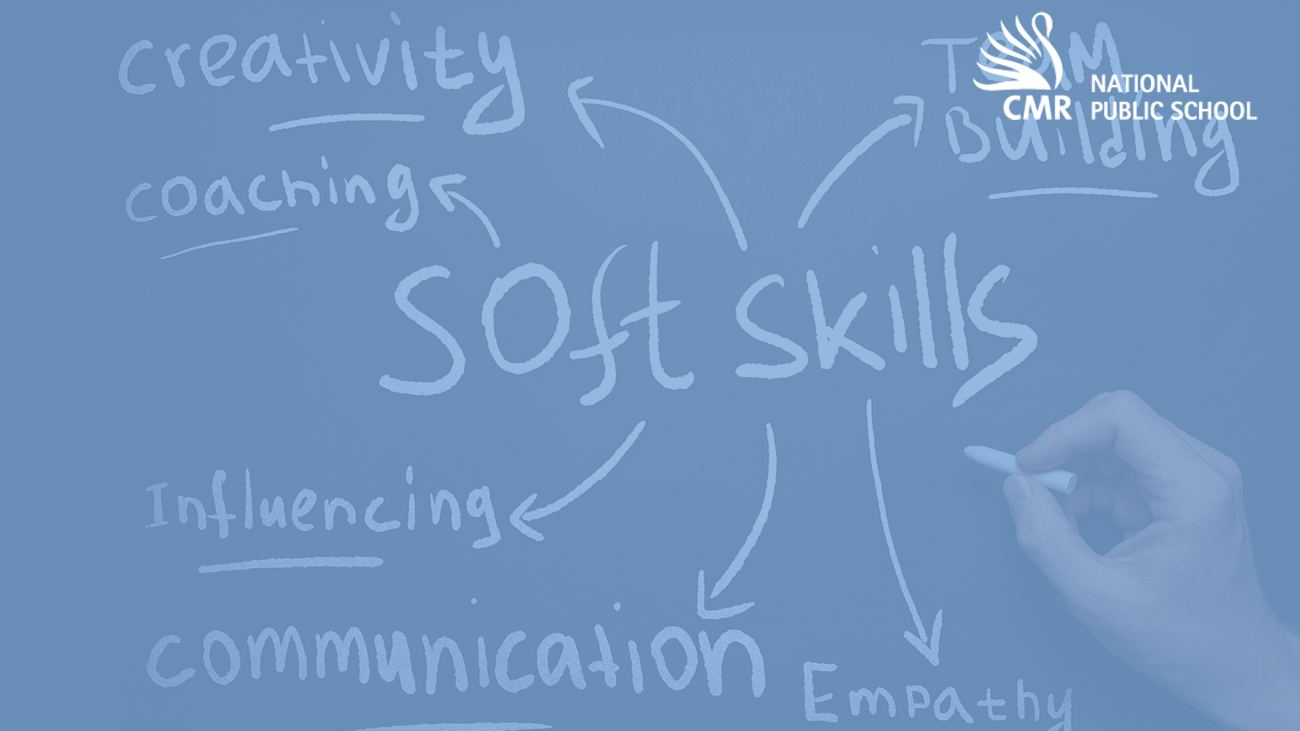Table of Contents
4 Strategies to Manage your time better!
Time is one of the most important resources we have, and the most scarce too! As educators, we have many priorities like instruction time, assessment planning, lesson planning, reviewing and grading student work and more. When there are so many important things to do, it is easy to feel overwhelmed, over stretched and even miss out on a few key tasks.
This is where managing your time effectively comes in. Time management has always been important, but given the multitude of tasks that we generally have to contend with on a day to day basis, It has become a key 21st century skill which increases productivity, reduces stress and helps achieve all our tasks and goals.
Let’s look at 4 strategies that can help you manage your time better:
- The Pareto Principle: 80:20 rule
As per the Pareto Principle our focus should be on the key 20% of our tasks that drive 80% of the impact.
For example, In the beginning of the year, prioritising building a classroom contract with students over finishing a lesson will yield better results, since the classroom contract will set the tone for the rest of the academic year, and eventually will result in more learning time.
Pareto Principle pushes us to think about our priorities and where we should focus our efforts.
2. Kanban Board
A kanban board is a visual tool to identify things you have to work on, things you are currently working on, and things that have been completed.
It has 3 columns – To Do, Doing, Done.
Let’s look at how to create a Kanban board-
You can use a whiteboard or just a normal board to put this together.
Step 1 – Add all of your To-do list
| To do | Doing | Done |
| Speak to Coordinator about a child’s issue Grade assessment papers Lesson Planning |
Step 2 – Once you start doing an action item move it to Doing.
| To do | Doing | Done |
| Lesson Planning | Speak to Coordinator about a child’s issue Grade assessment papers |
Step 3 – Once the action item is completed, you can add it to the Done list.
| To do | Doing | Done |
| Lesson Planning | Speak to Coordinator about a child’s issue Grade assessment papers |
It is an easy visual tool to track your tasks and will also help you prioritise your tasks on a day to day basis.
3. The Pomodoro Technique
A simple technique to do deep work, once you have decided on the task you wish to finish, set a timer for 25 minutes, start as the timer starts, and until the timer goes off complete the work you have started without any interruptions. Put all of your distractions aside and just focus on the task at hand for 25 minutes and after 25 minutes, take a 5 minutes break and begin again.
Here are a few tips to help you execute Pomodoro Technique effectively:
i. Put all the distractions away
Phone, tablets, and any other gadgets should be put on silent or be put away, this is to ensure that you are not distracted and can’t focus for 25 mins on the task at hand.
ii. Isolate yourself
To ensure that you are not disturbed during the 25 mins of working, isolate yourself from other people, and let everyone around you know that you are working on something and need the time to yourself.
iii. Take a break
Avoid extending the work time when you are starting to use this technique. Instead, take a break and relax before you start another round of focused work.
Use this online pomodoro timer to regulate the time spent on the tasks.
4. Urgent – Important Prioritisation Matrix
Before the start of the month, week and day, create a to-do list, add all that you need to do there, and bracket all the items into important and unimportant items, urgent and not urgent. This to-do list will help you stay in charge of your time and ensure that you get all of your work done on time. You can also build an urgent important matrix that will help you stay organised and on top of your tasks.
A few additional tips and tricks that will help you save time and ensure efficiency:
Self-correction / Peer correction: Give students a chance, and time, to correct themselves, Students can also correct notebooks of one another. Peer correction often helps to create a positive class atmosphere as students realise teachers are not the only source of error correction and they can learn a lot from one another.
Avoid Reinventing the Wheel: There are plenty of lesson plans and teaching resources available online, you can use the same instead of reinventing the wheel. However, you can always contextualise the resources to your students’ needs.
Give tasks to students: Engage your students in planning and executing morning meetings, closing circles, and other spaces that you think they can manage, you can give them a template and set standards for the same, and students can plan it around it and get the plan reviewed by you.
Use Technology: Use technology in processes that can be automated. For example, attendance can be recorded and score analysis can be easily done on excel or google sheets. Online tools can be used to assign and automate grading. This will help draw trends easily and process all the raw data.
Find time for yourself: Finally, find time for yourself to do what you enjoy and can relax doing it. A relaxed mind is more efficient in problem-solving and time management than a stressed one.


